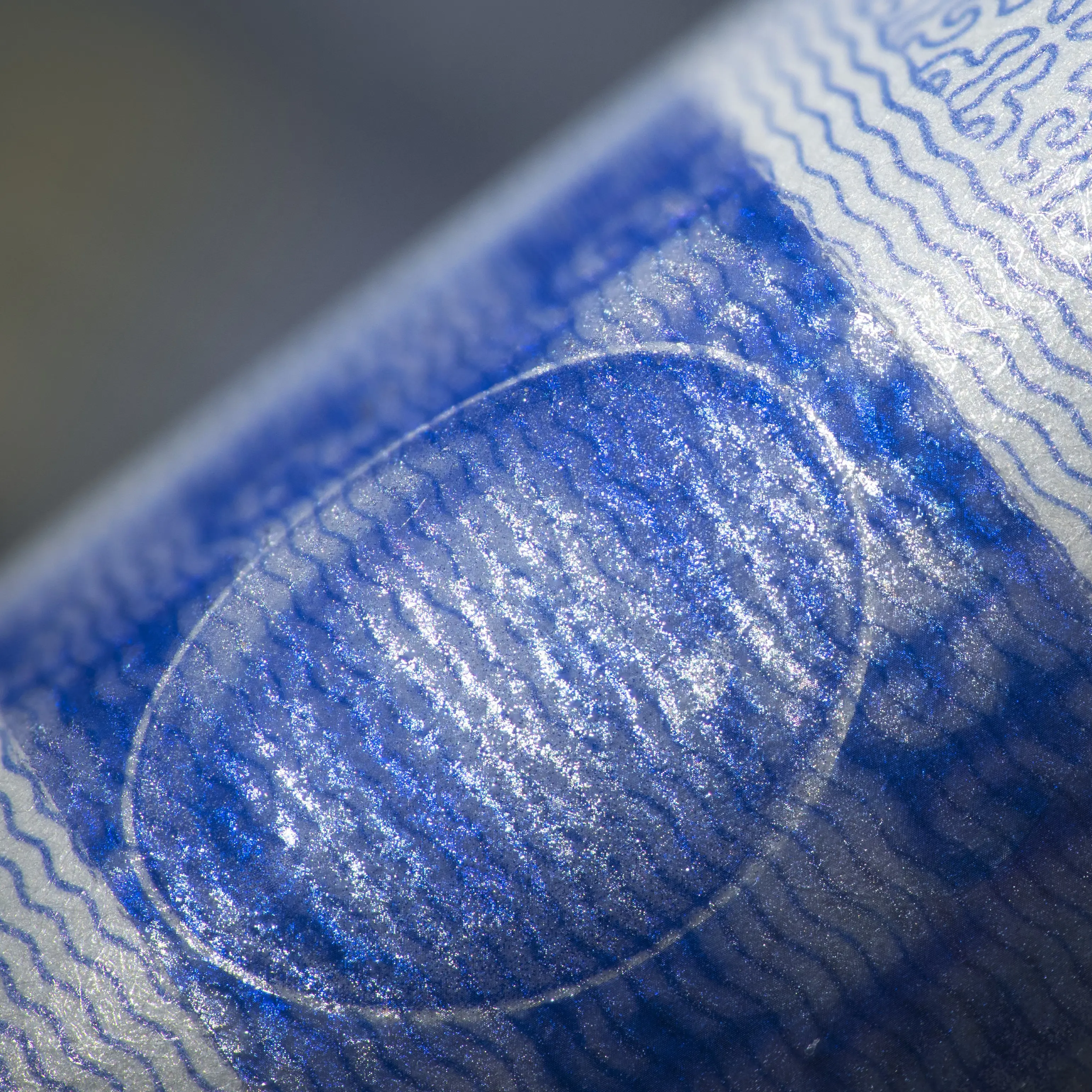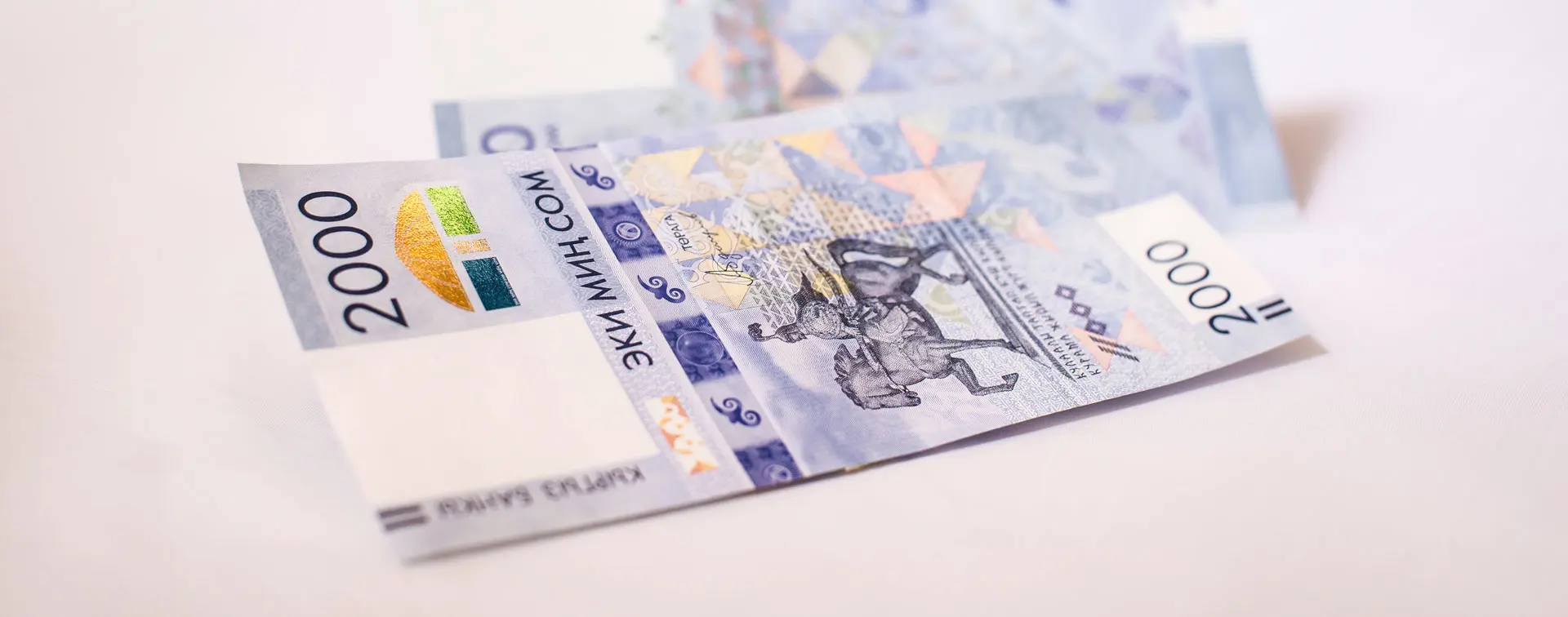Banknotes Technology
First banknote issued with MOTION SURFACE®
MOTION SURFACE
– A Step Forward for Micro-Optics
It is not often that a ‘game-changing’ security technology comes onto the scene, but one such technology was MOTION® – a technology that creates engaging three dimensional and animated effects with high resolution based on micro-optics.
The MOTION technology, which was acquired by Crane Currency in 2004, is characterised by kinetic images, referred to as icons, created by magnification by very small lenses which focus, through an optical spacer, on printed images in a layer below the spacer. In the initial MOTION threads, the key novel characteristic was their ortho-parallactic movement, with the icons moving (appearing to float) at 90° to the angle of tilt, whether the tilt is left to right or up and down. Subsequent versions of MOTION – with names such as Ortho, Switch, Float and Deep – also displayed icons with unique kinetic effects.
MOTION was followed by MOTION RAPID, in which the lenses are much smaller, resulting in a much faster movement of the icons when the note is tilted. This enabled narrower threads to be used since the designs, being bright and immediately interactive, could be very easily seen. Since their first use on the Swedish SEK 1,000 in 2006, MOTION and MOTION RAPID are now used in 75 banknote denominations around the world.
 Crane has now taken another step forward, or perhaps a step in a different direction, with the advent of MOTION SURFACE®. This is based on the same micro-lens technology platform, but in a miniaturised form and as its name implies, it is applied to surface of the note in the form of a stripe as opposed to being integrated as a thread. It is much thinner than its thread counterparts and can be applied, in a similar manner to foil stripes, in the printworks using a KBA-Notasys OptiNota H foil application system (in theory, other application systems could also be used).
Crane has now taken another step forward, or perhaps a step in a different direction, with the advent of MOTION SURFACE®. This is based on the same micro-lens technology platform, but in a miniaturised form and as its name implies, it is applied to surface of the note in the form of a stripe as opposed to being integrated as a thread. It is much thinner than its thread counterparts and can be applied, in a similar manner to foil stripes, in the printworks using a KBA-Notasys OptiNota H foil application system (in theory, other application systems could also be used).
A key benefit of this new version is the larger display area, which gives designers more options and flexibility to integrate the micro-optic security features with the print design, thereby enhancing public engagement and interest. And with more pixels per area than the most advanced smartphone, super high definition and stunning visual effects can be created. Some of the new effects that can be created on MOTION SURFACE include Flicker (with a highly-controlled switch between on and off), Shimmer (a controlled shine), Sliding Bands (with high contrast movement along pathways to highlight underlying symbols), Deep (in which objects appear to sit below the surface of the banknote ) and Topo (topographic – in which objects appear to rest on the surface of the note).
The first banknote to use MOTION SURFACE is the Kyrgyz Republic 2,000 Som commemorative banknote, which has just been issued to celebrate the 25th anniversary of the independence of the Kyrgyz Republic and the establishment of its national currency. The new banknote has a unique combination of sophisticated, artistic designs conceived by the National Bank of Kyrgyz Republic banknote designer Murat Sagimbaev. And the MOTION SURFACE stripe showcases a number of unique visual effects based on Deep, Shimmer and Topo.

